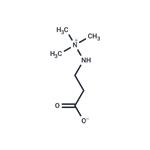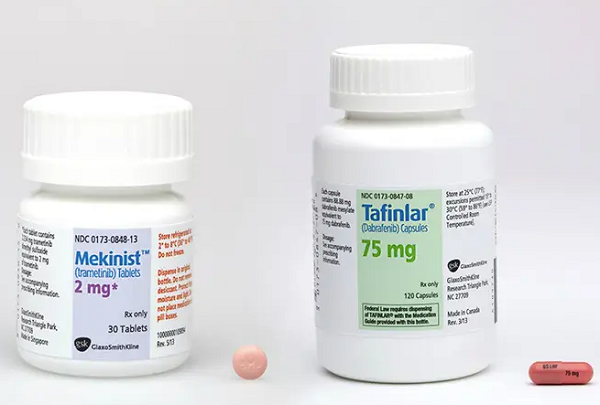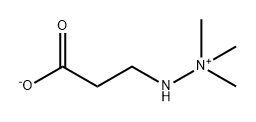Mildronate: Overview and Pharmacological Activity
Dec 16,2024
Meldonium is also known as Mildronāts, Quaterine, MET-88, THP, trimethylhydrazinium propionate, and 3-(2,2,2-trimethylhydraziniumyl)propionate. It is licensed throughout Eastern Europe and Central Asia for a number of conditions, including cardiac complaints. Meldonium is not licensed for use in the United States.

Pharmacological activity
Meldonium is classified as a partial inhibitor of fatty acid oxidation; it binds to and competitively inhibits gamma-butyrobetaine hydroxylase, an enzyme necessary for carnitine biosynthesis. In a Latvian study, healthy human subjects treated with meldonium for four weeks experienced a mean decrease of 18% in plasma carnitine levels.3 In the absence of carnitine, fatty acids cannot be transported into mitochondria and therefore cannot act as an energy source. It is speculated that the reduction in systemic carnitine produced by meldonium directly initiates a vasodilatory and antivasospastic cascade involving nitric oxide release. Meldonium also increases the relative metabolic rate of glucose oxidation, a process with fewer oxygen demands than fatty acid oxidation; this might improve the function of cardiac myocytes under ischemic conditions. This decrease in cardiac oxygen requirements is the primary factor speculated to underlie meldonium's alleged performance-enhancing potential.1
There is minimal English-language data (i.e., publications indexed in the PubMed database) regarding the safety and efficacy of meldonium as a therapeutic agent in patients with cardiovascular or neurological disorders, or as a performance-enhancing drug in otherwise healthy individuals. A randomized, controlled trial found that meldonium significantly and dose-dependently increased exercise tolerance in patients with chronic cardiovascular disease (n = 512; mean age approximately 60 years). However, the absolute increases in mean tolerance were in fact small (less than 1 minute in all cases).4 A small, open-label trial of meldonium in the Republic of Georgia (n = 16) reported improved measures of cardiac function in patients with congestive heart failure. It was not clear, however, whether the patients in the treatment group experienced better clinical outcomes. A randomized, controlled trial (n = 227) done in China concluded that meldonium is comparable in safety and efficacy to cinepazide in the treatment of acute cerebral infarction.
Reference
1.H. Karl Greenblatt, David J. Greenblatt. “Meldonium (Mildronate): A Performance-Enhancing Drug?”Clinical Pharmacology in Drug Development 5 3 (2016): 167–169.
- Related articles
- Related Qustion
- Mildronate: mechanism of action, clinical applications and side effect Oct 18, 2023
Mildronate treats cardiovascular disorders through carnitine regulation and glucose oxidation, but requires careful monitoring for potential side effects.
- Mildronate: An Antiischemic Drug for Neurological Indications Jan 6, 2022
Lixisenatide (Adlyxin, Sanofi-Aventis) is the newest FDA-approved GLP-1RA and Midrohydrazine (also known as THP, MET-88 and mildronate) is a new type of heart protective drug.
Supplementation with pyridoxal 5'-phosphate monohydrate can synthesize neurotransmitters such as dopamine and serotonin, maintaining a healthy nervous system.....
Nov 4,2025Biochemical EngineeringDabrafenib and trametinib are targeted drugs that can be used together to treat melanoma and non-small cell lung cancer.....
Mar 21,2024APIMildronate
76144-81-5You may like
- Meldonium;Mildronate
-

- $30.00/ g
- 2025-12-14
- CAS:76144-81-5
- Min. Order: 100g
- Purity: 99%
- Supply Ability: 1000kg
- Mildronate
-

- $0.00 / 1Kg/Bag
- 2025-12-13
- CAS:76144-81-5
- Min. Order: 1KG
- Purity: 99%min, injection
- Supply Ability: 100kg
- Mildronate
-

- $92.00 / 500mg
- 2025-12-10
- CAS:76144-81-5
- Min. Order:
- Purity: 99.94%
- Supply Ability: 10g






